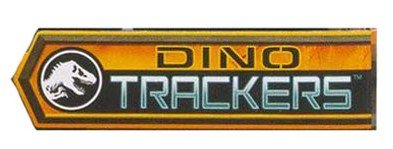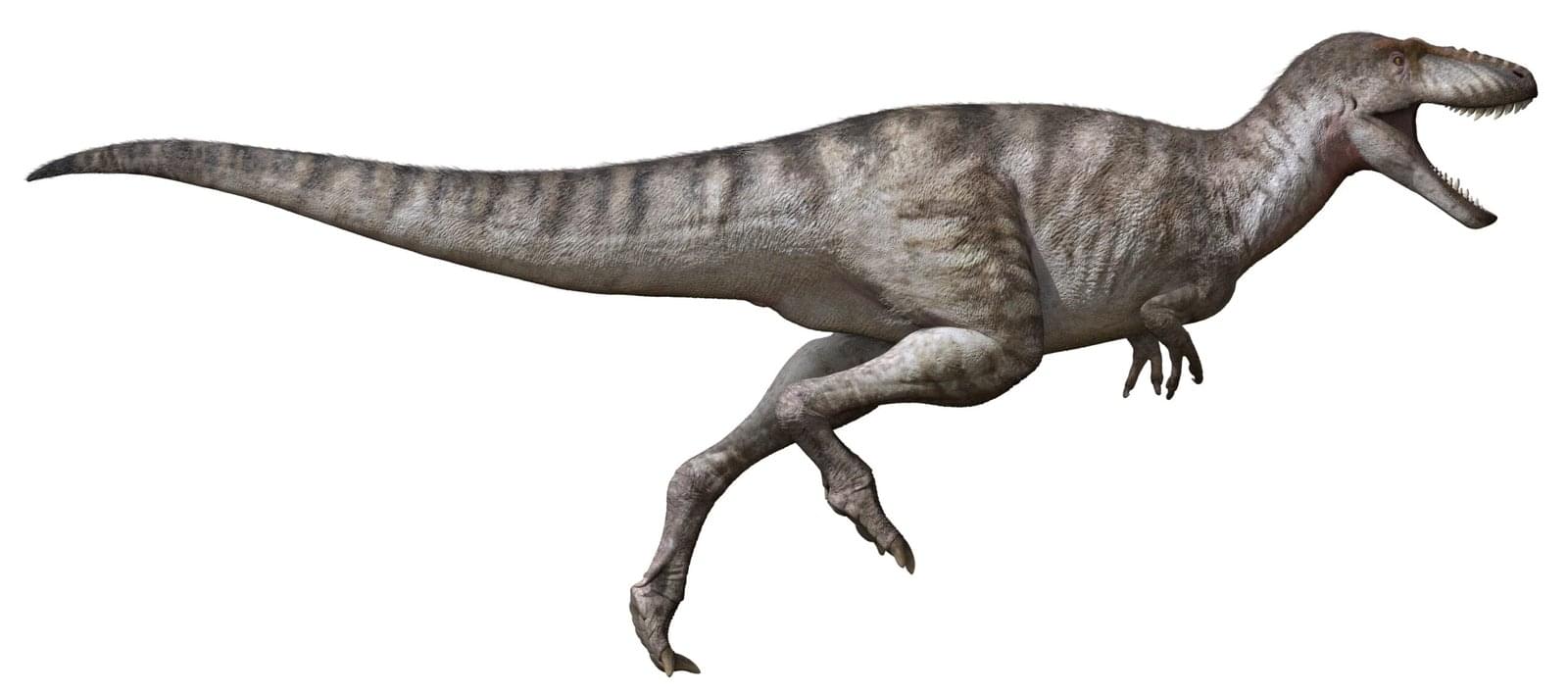Introduction:
I am not sure if you have seen but Mattel released a new Pterosaur action figure this year and I have not ever heard of it in my life. So I was curious to see if the action figure was anything close to the real Pterosaur. You might be asking what is this pterosaur and I will gladly reveal it to you. It is called Thapunngaka. I know, a super odd and super hard to spell name but this is what makes it so exciting to learn of a new prehistoric animal and it is what Prehistoric Pedia is about. So, let’s soar through this post to learn more about this new pterosaur, Thapunngaka.
Discovery of Thapunngaka:
Thapunngaka was initially discovered in 2011 but got officially described and revealed in 2021. It was discovered in the Toolebuc Formation in Queensland, Australia. Yes! It is an Aussie pterosaur. I was not aware that pterosaur fossils has been found in Australia because Australia is not really known for fossils. Especially for anything before 66 million years ago unlike countries like China and USA but it is amazing nonetheless. It was found among the marine sediment rocks of Early-Mid Cretaceous which lets us know that it was most likely a coastal pterosaur.
It was found during a fossicking near the Toolebuc Formation by a fossicker named Mr. Len Shaw. Fossicking is kind of like looking and prospecting for areas that might have precious Earth metals & stones, fossils etc. It was more of a recreational activity which was mainly done in New Zealand and Australia. Later on, the Kronosaurus Korner Museum excavated the Thapunngaka from the formation and displayed it in their museum. Yes, you reading it right! There is a Museum named after the one of the famous pliosaur, Kronosaurus. Kronosaurus probably stands on top for the popularity of Extinct Animals from Australia.
But the surprises does not stop there, paleontologists also think that Thapunngaka may have been the largest pterosaur of Australia. While the title is still up for debate and more materials would help to cement this title as the only fossils found for this pterosaur is just a bit of the upper jaw. It is showing that it had a crest on the jaw as well as the almost full lower jaw with the lower crest but no teeth were found alongside it and that is mainly it for fossil remains.
I know it seems suspicious but the paleontologists who described this pterosaur, Timothy Richards, Paul Stumkat and Steven Salisbury from the Kronosaurus Korner museum, took their time, (sheesh 10 years for bits of jaw fossils) to make sure it is a separate genus and so I will accept their research for it and introduce it as a brand new genus of pterosaur.
The name for this pterosaur comes from Wanamara, one of the Mayi languages spoken by the Wanamara tribe of Australia, the original and indigenous people. Thapunngaka translates to ‘Spear Mouth’ in Wanamara and the scientific name shawi is named after discoverer of the genus, Mr. Len Shaw. The names together literally means ‘Shaw’s Spear Mouth’
Biology:
Thapunngaka was one of the more large-sized pterosaurs for the Anhangueridae group only being dwarfed by Tropeognathus. It has a wingspan of 6 – 7 m (20 – 23 ft) made it the largest pterosaur found in Australia and easily dwarfs other 2 Anhangueridae pterosaurs found, Ferrodraco and Mythunga. The weird thing about Anhangueridae pterosaurs is that they have a crest on both upper and lower jaw and creates a full circle shape. That is the case for most genera for this group of pterosaurs and they were made popular by the hit documentary, Walking With Dinosaurs, with the showcase of Ornithocheirus, another Anhangueridae pterosaur, slightly larger than Thapunngaka.
Thapunngaka lived in the coastal areas where it probably walked on the beach and flew above the sea during the sunset. Surprisingly, a lot of pterosaur fossils are found near bodies of water like the seas, oceans, and rivers and more.
Not a lot are found from straight up just land area. Probably because this is what they are good at, hunting for fish. Some pterosaurs are designed to catch and eat fish and Thapunngaka is no different to that. It’s crested jaw helped in cutting the sea’s surface to easily catch that got too close to the surface and this evolutionary trait worked so well that there are 17 described genera and only 1 undescribed and that is quite a lot for one feature.
Well, living in the coasts has its fair share of dangers with dangerous marine reptiles like the famous Kronosaurus as well as long-necked Styxosaurus. They had to be super careful to not get ambushed by any Kronosaurus as that would spell their death in a matter of seconds and it probably has happened when they lived.
Media:
One of the annoying things I find is that pterosaurs are criminally underrated and under represented in media of any form. Most pterosaur genus does not get much screen time in most movies and other entertainment formats other than a couple famous ones like Pteranodon, Dimorphodon and recently Quetzalcoatlus because everything always has to go bigger. Fortunately, extended Jurassic World media and merchandise tries to do it. There are some Anhangueridae in Jurassic World Evolution 2 video game and yes, every genus will have their own dedicated blog post some I am not going to showcase them here but I will list down Anhangueridae pterosaurs and they are Cearadactylus, Maaradactylus, and Tropeognathus.
As Thapunngaka is pretty new and I did not know anything about it either before the Lord and Savior of the recent years of Dinosaur toys, Mattel’s Jurassic World toyline revealed this new species and that got me curious enough to know and write about this pterosaur.
Merchandise of Thapunngaka:
Yes, the only reason I thought to cover Thapunngaka is because of the newly Jurassic World action figure released by Mattel. The design itself has some creative liberties with bat-shaped wings which no pterosaurs had and a fan-like tail which has not been found in Thapunngaka. The general head shape as an Anhangueridae is actually quite alright while it does have some huge teeth. Going back to the wings, it has several holes which would make it super unfit for flying. But I guess it is show to battle damage and the legs are super tiny. I have no idea why they made the legs so tiny cause it does not make any sense. If you want to buy the figure for yourself, here is the link for you to buy!
And if you want an illustration of any prehistoric creature and help me out directly in this adventure, please feel free to look through my Dinosaur Illustration Commission I am doing. I can literally illustrate any dinosaur, pterosaur, marine reptiles or whatever you want. I hope you like my artstyle and you can check out more dinosaurs or other prehistoric creatures post from the Species Profile page!!
References:
- Richards, T.M.; Stumkat, P.E.; Salisbury, S.W. (2021). “A new species of crested pterosaur (Pterodactyloidea, Anhangueridae) from the Lower Cretaceous (upper Albian) of Richmond, North West Queensland, Australia”. Journal of Vertebrate Paleontology. 41 (3): e1946068. doi:10.1080/02724634.2021.1946068.
- Layt, Stuart (August 9, 2021). “Largest Australian pterosaur ever discovered was a ‘bat on steroids'”. Brisbane Times. Retrieved August 9, 2021.
- “Fossil of New Crested Pterosaur Discovered in Australia”. Sci News. August 9, 2021. Retrieved August 9, 2021.
- Holgado, B.; Pêgas, R.V. (2020). “A taxonomic and phylogenetic review of the anhanguerid pterosaur group Coloborhynchinae and the new clade Tropeognathinae”. Acta Palaeontologica Polonica. 65. doi:10.4202/app.00751.2020.
- Richards, Timothy; Stumkat, Paul; Salisbury, Steven (6 October 2023). “A second specimen of the pterosaur Thapunngaka shawi from the Lower Cretaceous (upper Albian) Toolebuc Formation of North West Queensland, Australia”. Cretaceous Research. doi:10.1016/j.cretres.2023.105740. Retrieved 7 October 2023.

